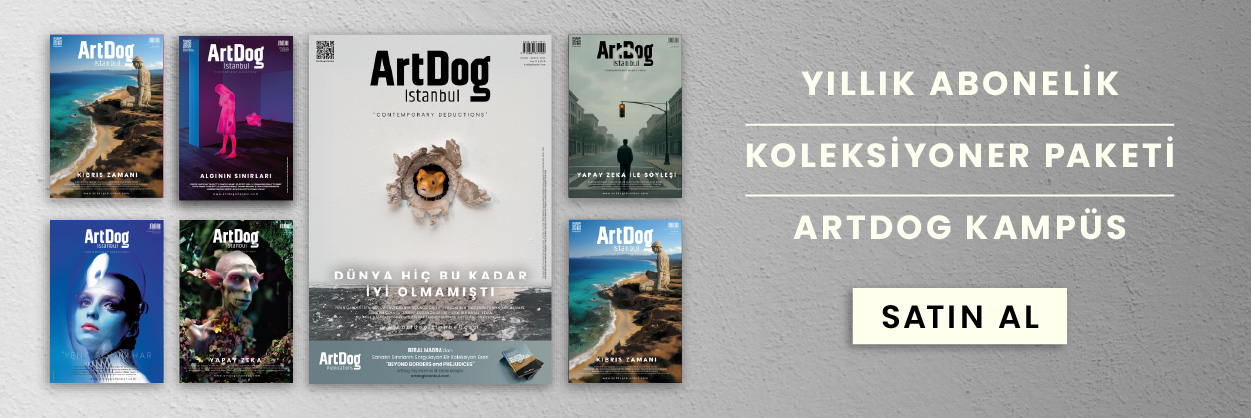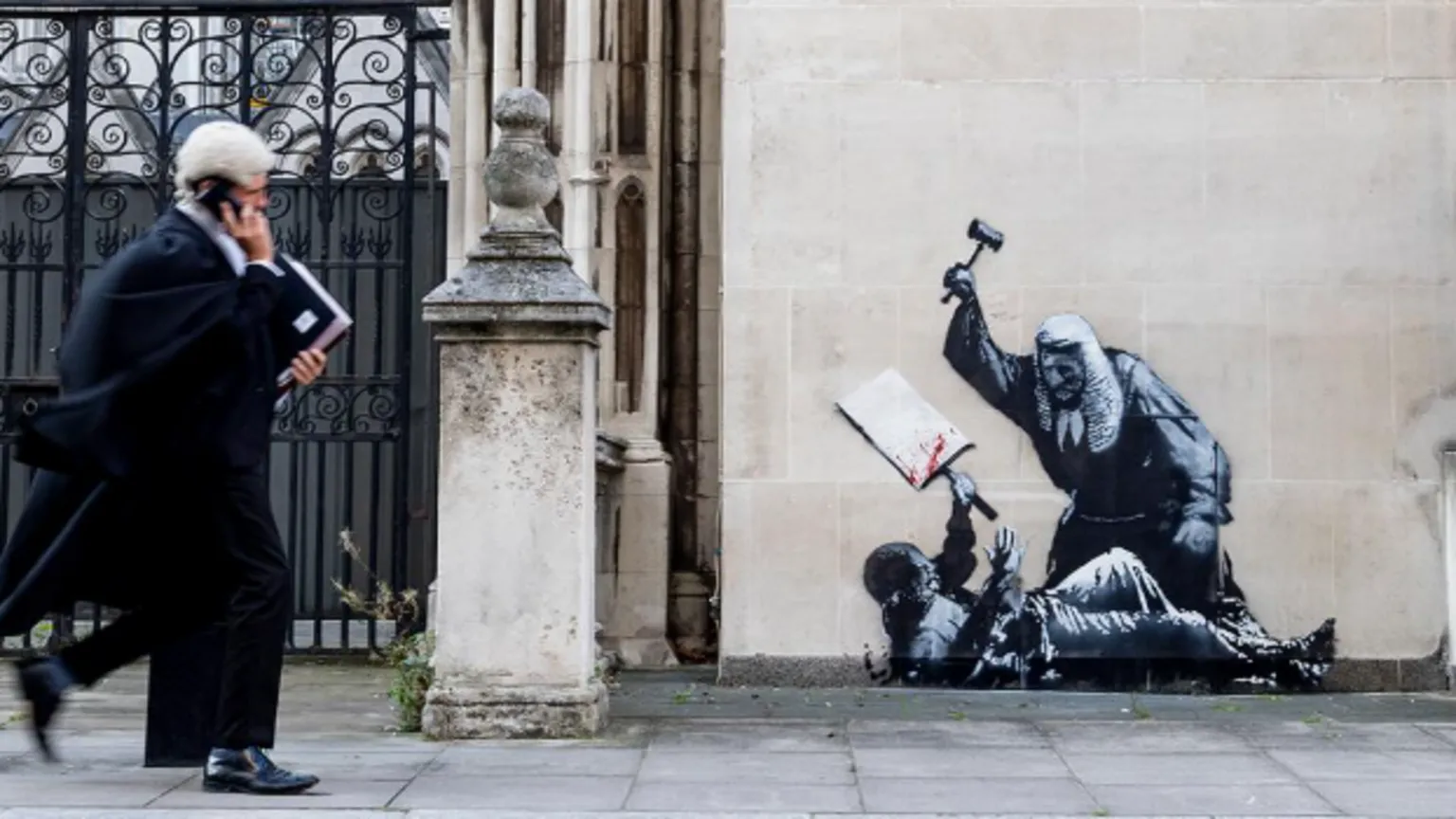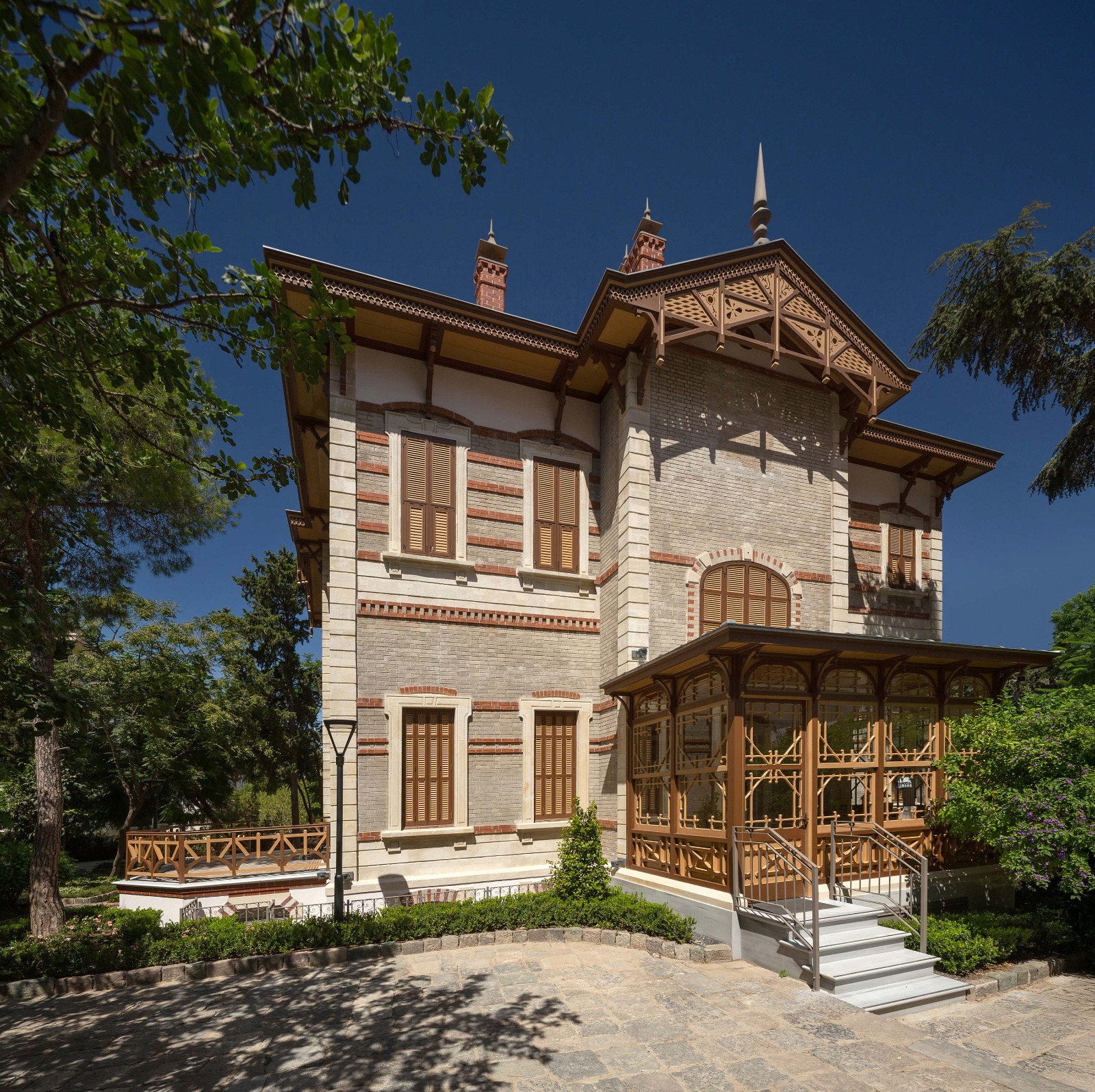David Bowie’s final project, which he had been working on before his death, has come to light. The artist’s secret musical The Spectator aimed to bring the criminal underworld and the tradition of satire in 18th-century London to the stage.
David Bowie’s last creative venture, which he had been working on before his death, has been revealed to be a musical set in 18th-century London. Titled The Spectator, the project came to light through notes and Post-it memos found in the artist’s private workspace in New York. Even Bowie’s closest circle had been unaware of this draft, which was donated to the V&A East Storehouse along with his archive.
The Spectator shared its name with the newspaper published between 1711–1712, which portrayed the social life of the period with a satirical tone. Bowie’s notes focused on some of the era’s most notable figures: the “honest thief” Jack Sheppard, Jonathan Wild who was responsible for his capture, and the Mohock gang that terrorized the streets of London. It was also revealed that the artist had prepared a chronology on the transformation of art and satire in the 18th century.
Opening at V&A East Storehouse
The dream Bowie once expressed with the words “I always wanted to write for the theatre” would have come to life on stage with The Spectator, had it been completed. Documents related to the project, including Bowie’s writing desk, will be on display at the new David Bowie Centre, which will open on September 13 in Hackney Wick. The centre will house an extensive archive of more than 90,000 items.
Madeleine Haddon, the curator of the collection, emphasizes that Bowie’s creative process will be witnessed more closely than ever before: “We hope this centre will inspire new generations.”,
David Bowie’s last completed work was the album Blackstar, released just two days before his death. Yet The Spectator reveals his passion for musical theatre and his curiosity about exploring the relationship between art and society, adding a new link to the creative legacy he left behind.







